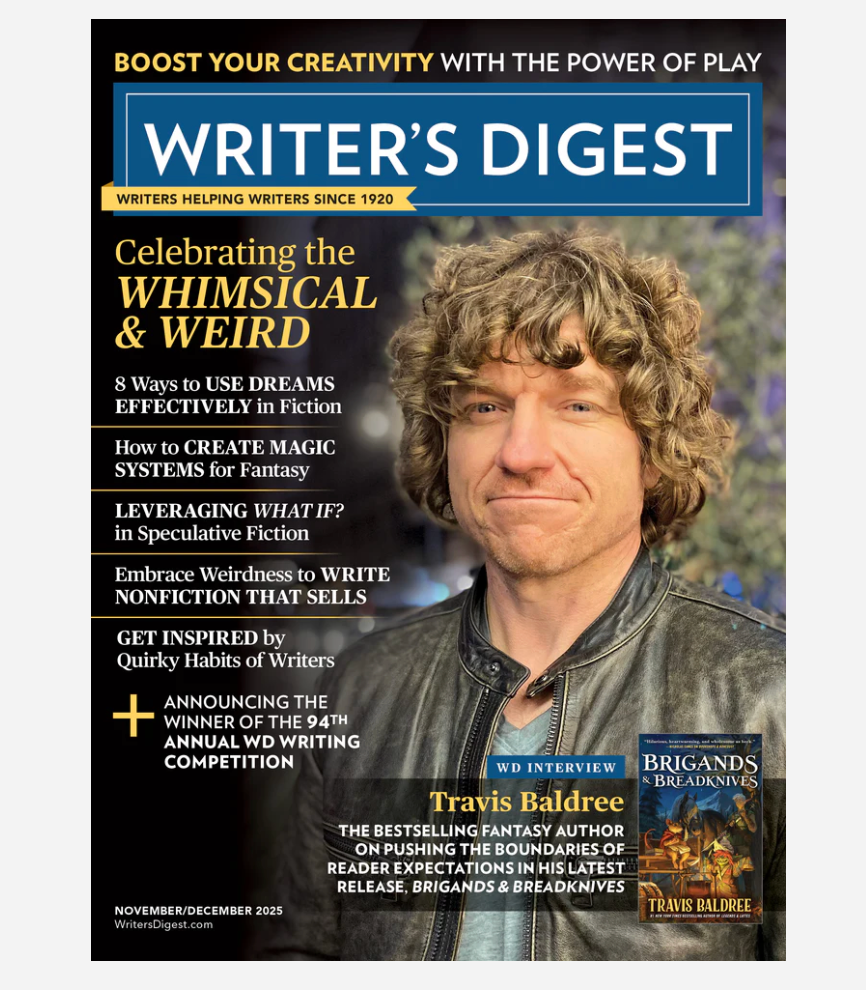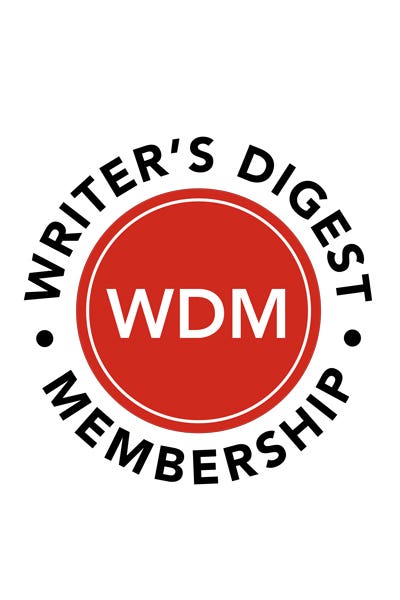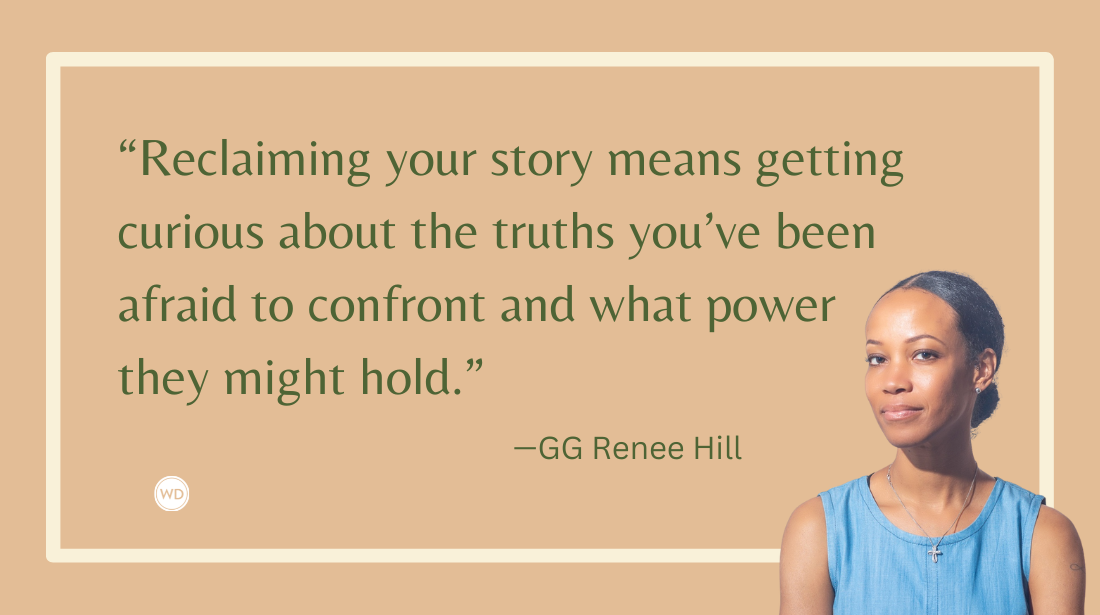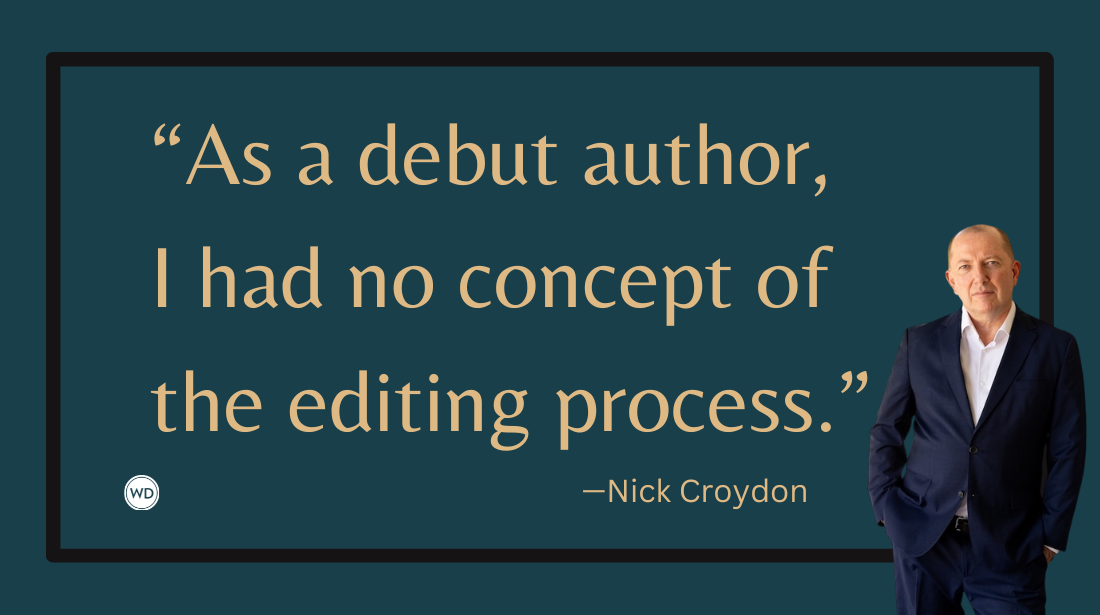Why Writers Wallow in the Beginning and Resist Writing to the End
Writing and plotting the beginning of a story are like meeting people for the first time. We wonder if the other people like us. We wonder if we like them. We show only so much of ourselves, as we determine how we feel about these other persons. We are in control––and being in control at the beginning sounds far superior to being out of control in the middle and the end, places where you must dig deeply into emotions …
The beginning of the project is introductory. Because it presents the reader with the setting, the characters, the mood, the issues, and all the other important dynamics of the story, it necessarily skims the surface. Writing and plotting the beginning of a story are like meeting people for the first time. We wonder if the other people like us. We wonder if we like them. We show only so much of ourselves, as we determine how we feel about these other persons. We are in control––and being in control at the beginning sounds far superior to being out of control in the middle and the end, places where you must dig deeply into emotions.
In the middle of a story, things get messy as the relationships between the characters develop. Scenes show them as they truly are—warts and all. For writers who like things nice and neat, the middle is an uncomfortable place to linger for very long. It’s much nicer to go back to familiar territory.
Going back over what you have already written is easier than coming up with something entirely new.
*********************************************************************************************************************************
Martha Alderson, aka the Plot Whisperer, is the author of the Plot Whisperer series of writing resources for authors: The Plot Whisperer Book of Writing Prompts: Easy Exercises to Get You Writing , The Plot Whisperer Workbook: Step-by-Step Exercises to Help You Create Compelling Stories, companion workbook to The Plot Whisperer: Secrets of Story Structure Any Writer Can Master (Adams Media, a division of F+W Media), Blockbuster Plots Pure & Simple (Illusion Press) and several ebooks on plot.
As an international plot consultant for writers, Martha’s clients include best-selling authors, New York editors, and Hollywood movie directors. She teaches plot workshops to novelists, memoirists, and screenwriters privately, at plot retreats, through Learning Annex, RWA, SCBWI, CWC chapter meetings, Writer’s Digest, The Writers Store and writers' conferences where she takes writers beyond the words and into the very heart of a story.
As the founder December, International Plot Writing Month better known as PlotWriMo, Martha manages the award-winning blog for writers: The Plot Whisperer which has been awarded honors as a top writing advice blog by Writers Digest 2009, 2010, 2011, 2012, 2013. Her vlog, How Do I Plot a Novel, Memoir, Screenplay covers 27 steps to plotting your story from beginning to end and playlists to help writers create a compelling plot for their novels, memoirs and screenplays. Follow her on Twitter, Facebook and Pinterest.
*********************************************************************************************************************************
The beginning is only a quarter of the page count. The middle and end of the story make up three-quarters of the entire page count. This requires you to generate three times as many scenes for the middle and end as for the beginning. Each scene in the middle shows on a progressively deeper level who the character truly is. That means you have to subject your protagonist to tougher and tougher challenges.
The energy throughout the middle and especially at the end is more intense than in the beginning, as the protagonist is more rigorously blocked from reaching her goals. Bad things happen to your characters in the middle and at the end. They may be hurt, betrayed, or lost. They may become angry or vindictive. People may walk over them, pounce on them, or do other more gruesome things. If you’re in love with your characters, you’ll instinctively be reluctant to let any of these things happen to them.
In the middle of the story, masks fall away and the characters reveal themselves, their flaws, fears, judgments, and all. Fights can ensue between characters . . . and between the characters and you. Feelings get hurt. Because few people like confrontations, you back away, afraid of what the characters will reveal, both about themselves and about you. You doubt your ability to manage the dark sides of your characters.
In real life, many of us shy away from disaster and drastic upheaval in order to protect ourselves from deep loss in our own lives. Because of our intimate relationships with the characters we create on the page, we cannot bear to treat them differently. Yet, that is exactly what must happen in the story: a crisis. The protagonist's world shatters. Only out of the ashes of the old self can a new self arise—the beginning of the character's ultimate transformation.
In the thick of the middle part of the story, you long for the good old days at the beginning when things were smooth, happy, and superficial. The true nature of the relationships and the characters emerges in the middle. An internal antagonist (the belief that going back and starting again is beneficial) is striving to prevent you from achieving an external goal (finishing your story).
Push forward. The further you put yourself out there with your writing the more vulnerable you feel. It is risky to follow the energy of your story out of your comfort zone. Always, the choice to delve deeper into the Universal Story represents a leap of faith and a belief in the journey’s potential for growth.
Join Martha October 17th at 10am Pacific and learn
How to Pre-Plot & Complete a Novel or Memoir in a Month:
The Benefits of Writing a Fast Draft from Beginning to End
(a Writer’s Digest Webinar)
*********************************************************************************************************************************
Follow me on Twitter: @BrianKlems
Check out my humor book, Oh Boy, You're Having a Girl.
Sign up for my free weekly eNewsletter: WD Newsletter









